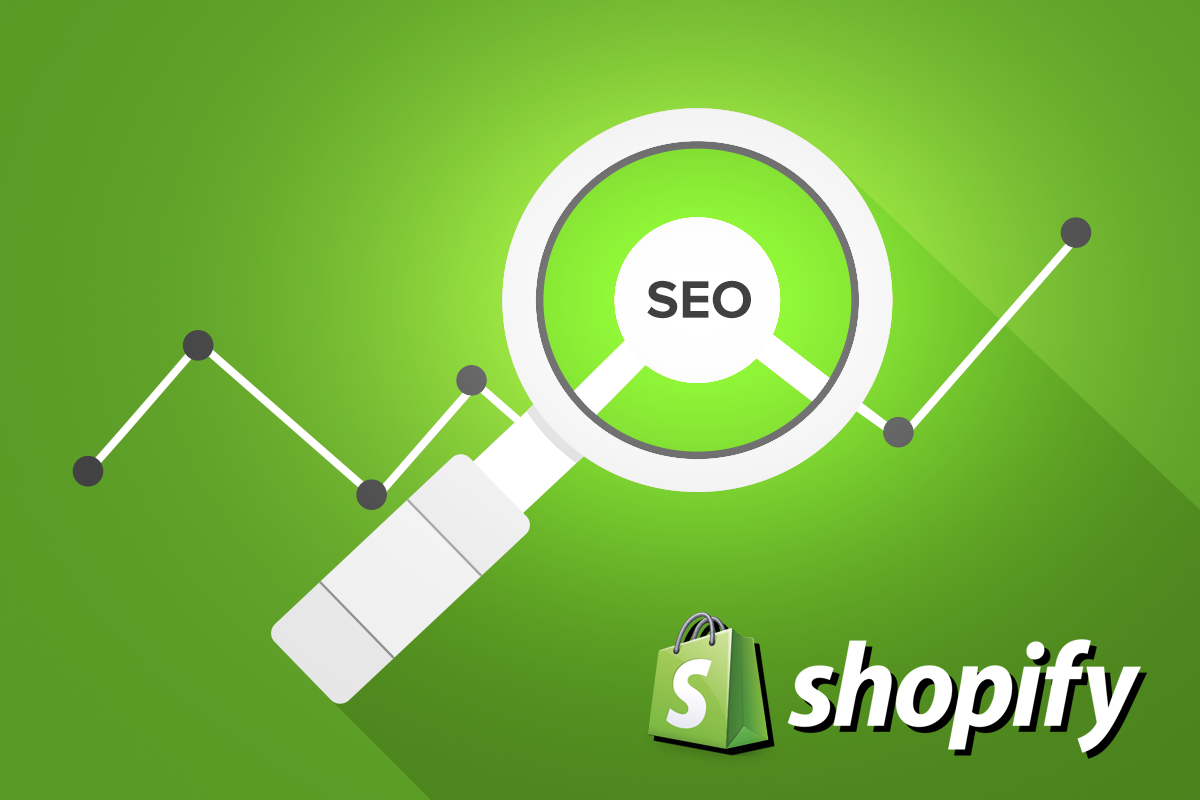The Ultimate Guide to Optimizing Your Shopify Store for SEO

Having a Shopify store is a terrific method to launch your online business in the constantly changing world of e-commerce. However, merely having a store doesn’t cut it; you also need to make sure that customers can find it. Search engine optimization (SEO) is useful in this situation. This thorough tutorial will walk you through the process of setting up your Shopify store for SEO success, establishing you as an expert in the e-commerce industry.
The Importance of SEO for Shopify
What is SEO, and why does it matter for Shopify?
Enhancing your website’s visibility on search engines like Google is known as search engine optimization (SEO). For Shopify store owners, it completely changes the game. Imagine that when potential buyers search for the things you sell, your online store comes up on the first page of the results. That is SEO’s power.
On-Page SEO: Optimizing Your Store’s Content
Crafting SEO-friendly product descriptions
Product descriptions are important for SEO as well as just detailing your products. For the best possible product descriptions:
- Naturally, incorporate relevant terms.
- Specify your product’s standout features.
- Create material that is succinct, interesting, and engaging.
The role of meta tags and alt text
For search engines to understand what your pages are about, your meta tags—including meta titles and meta descriptions—are essential. Alt text for photos is crucial for both SEO and accessibility. Make sure that each page of your Shopify store has these elements optimized.
Internal linking strategies
Internal links are connections between pages on your website. They enhance user navigation and aid search engines in comprehending the architecture of your website. When linking between related products or blog entries, use appropriate anchor text.
Technical SEO: Behind-the-Scenes Optimization
Ensuring mobile-friendliness
Google prioritizes mobile-friendliness as a ranking criterion. Make sure your Shopify store is responsive and offers a great mobile user experience. Utilise Google’s Mobile-Friendly Test tool to evaluate your website.
Speeding up your Shopify store
Page speed is important. Pages that load slowly may have large bounce rates and suffer from lower ranks. To reduce loading times, optimize your images, take advantage of browser caching, and employ a content delivery network (CDN).
Implementing structured data markup
Search engines can better grasp the material on your website thanks to structured data markup. To provide more specifics about your items, reviews, and company information, use schema markup. Rich snippets may arise from this, which will raise click-through rates for search results.
User Experience (UX) and SEO
The connection between UX and SEO
SEO and user experience are related. Websites that offer superior user experiences are valued by Google. Site speed, mobile friendliness, and simple navigation are all factors that affect user experience. More conversions and better rankings can result from a good user experience.
Mobile responsiveness and its impact on rankings
Because of its mobile-first indexing policy, Google will primarily rank and index your site’s mobile version. Make sure your Shopify store provides a seamless experience on smartphones and tablets in addition to being mobile-friendly.
Reducing bounce rates through effective design
A high bounce rate means that users are quickly departing your website. To keep people on your sites longer, enhance the look of your website, employ obvious calls to action, and produce interesting content.
Content Marketing: Building Authority and Engagement
Creating a blog for your Shopify store
A blog is a fantastic tool for increasing your niche’s authority and generating organic traffic. Publish pertinent and educational content that speaks to the interests and problems of your target audience. Don’t forget to use internal links and keywords to improve the SEO of your blog entries.
Guest posting and backlink strategies
Your Shopify store’s authority and SEO rankings can be improved by guest blogging on reputable websites and obtaining backlinks. In order to get a link back to your website, contact relevant bloggers and offer them interesting content.
Leveraging user-generated content
Customers should be encouraged to post evaluations and testimonials. In addition to fostering trust, user-generated content can boost your store’s SEO by offering up-to-date, genuine content.
Social Media Integration
The synergy between social media and SEO
Likes, shares, and comments on social media sites have an indirect impact on SEO rankings. To raise brand awareness and engagement on social media, produce shareable content, and keep an active presence there.
Best practices for social sharing
When promoting the items or blog entries from your Shopify store on social media, use captivating graphics and compelling titles. To make it simple for people to share your content, encourage social sharing buttons on your website.
E-Commerce SEO: Product Pages and Categories
Structuring your product categories for SEO
Use meaningful names and logically arrange your product categories. This aids in the understanding of your product offerings by both people and search engines. Create category names and descriptions that contain pertinent keywords.
Optimizing product images and videos
The user experience is improved by graphics and videos of a high caliber. Improve them by adding elaborative alt text and picture compression for quicker page loads.
Handling out-of-stock items
Be sure to handle out-of-stock items effectively to keep your SEO rankings. Offer users the choice to sign up for updates when the item is back in stock or redirect users to comparable goods.
Shopify Apps for SEO
Must-have SEO apps for your store
Shopify offers various apps to enhance your store’s SEO. Some popular choices include:
- SEO Manager: Helps with on-page optimization and meta tags.
- Smart SEO: Automates meta tag generation and image alt text.
- Plug-in SEO: Offers a comprehensive SEO audit and recommendations.
Install and configure these apps to streamline your SEO efforts.
Monitoring and Analytics
Setting up Google Analytics for Shopify
Google Analytics offers insightful data about the operation of your store. Configure it to monitor user activity, sales, and traffic sources. Utilize these data-driven insights to guide your SEO choices.
Interpreting SEO metrics
Keep track of important SEO indicators including keyword rankings, organic traffic, bounce rate, and click-through rate (CTR). Follow your development over time and modify your SEO strategy as necessary.
Security and SEO
SSL certificates and SEO rankings
Google favors websites that have SSL certificates for security. Make sure HTTPS is enabled on your Shopify store to increase trust and perhaps boost rankings.
Protecting customer data
Your reputation and SEO efforts may suffer from security breaches. Invest in strong security procedures to safeguard consumer information and keep your online reputation intact.
Building trust through security
To convince visitors that their information is secure, prominently display trust badges and security indicators on your website.
Voice Search and Future Trends
The rise of voice search
With the popularity of gadgets like the Amazon Echo and Google Home growing, voice search is expanding. Make your store voice search-friendly by writing in natural language.
Preparing your store for voice SEO
Create FAQ pages with questions and answers that are suitable for voice searches. Moreover, concentrate on long-tail keywords that resemble spoken questions.
Staying ahead of SEO trends
SEO is always changing. Keep abreast of market developments and algorithm updates to adjust your strategy as necessary. To stay current, participate in SEO forums, read industry blogs, and watch webinars.
Conclusion: Mastering SEO for Shopify Success
We’ve covered all the necessary stages in our comprehensive guide on setting up your Shopify store for SEO success. You now possess the information necessary to position yourself as an expert in e-commerce, from keyword research to technical SEO, and content marketing to security.
You can drive more organic traffic, boost conversions, and ultimately succeed with Shopify by continuously implementing these SEO techniques and keeping up with market trends.
Recommended Posts

Are You Truly Leveraging Shopify’s Built-In Analytics Tools?
October 18, 2023

Top 10 eCommerce Trends That Shopify Store Owners Should Watch in 2024
September 15, 2023


